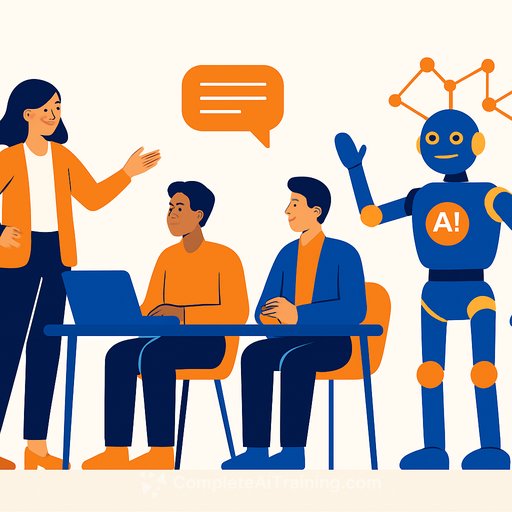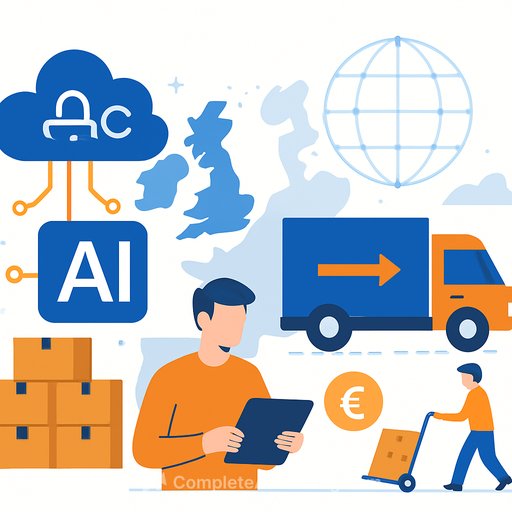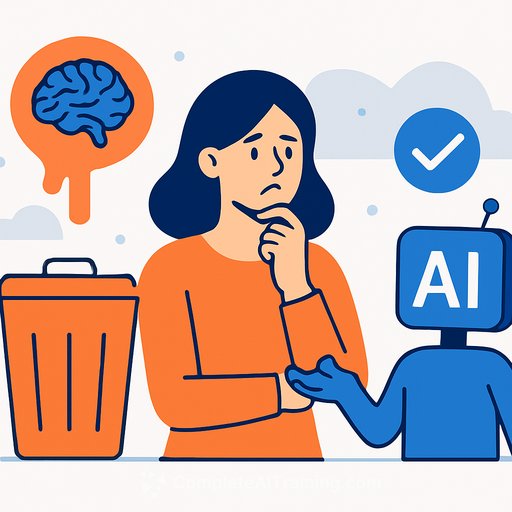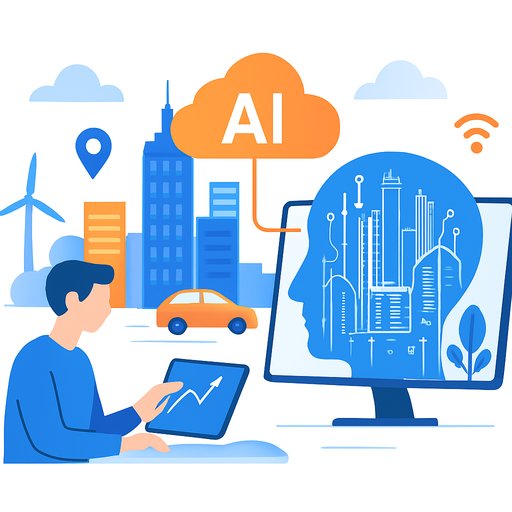The Rise of Unbossing: Transforming Middle Management in the Age of AI
Companies like Dell, Amazon, Microsoft, and Google are flattening their organizational structures, cutting down layers of middle management to increase agility and efficiency. Gartner predicts that by 2026, 20% of organizations will use AI to eliminate over half of their middle management roles, changing hierarchies dramatically. A 2025 Korn Ferry survey supports this trend, showing that 41% of employees say their companies have already reduced managerial layers.
AI offers a chance to automate many middle management tasks—such as coordination, scheduling, data analysis, and performance monitoring—delivering significant efficiency gains. Companies that don't leverage AI risk becoming inefficient and uncompetitive. However, rushing to cut middle management without a clear plan can cause loss of essential knowledge and remove key career growth paths. The question is not if companies should use AI to streamline management, but how to do it thoughtfully.
Reframing the Role of Middle Management
Middle managers have traditionally coordinated teams, managed operations, and ensured accountability. Many of these tasks—like scheduling, approvals, and audits—are prime candidates for AI automation. AI can handle repetitive tasks, monitor performance in real time, and deliver data-driven insights faster and more accurately than humans.
This creates a clear opportunity to cut costs and speed up decisions by offloading routine work to AI. But human management remains essential, evolving into roles that blend more with talent development, culture shaping, and employee well-being.
The future of middle management will focus on three key functions:
- Orchestrators of AI-Human Collaboration: Managers will coordinate hybrid teams combining AI tools and human efforts. This means understanding AI’s capabilities and limits, using AI to analyze data and spot issues, then working with teams to create solutions that only humans can develop. Technical fluency and strategic thinking will be critical to make AI a helpful partner, not a replacement.
- Agents of Change: AI disrupts traditional business models and workflows. Middle managers must lead change by anticipating disruptions, redesigning processes to include AI, and building a culture where teams embrace change instead of fearing it.
- Coaches for a New Era: As AI reshapes required skills, managers will guide teams through reskilling and development. They’ll mentor employees in learning AI tools and essential soft skills like critical thinking and emotional intelligence. This coaching will be vital to keep morale and productivity high amid evolving roles.
A Strategic Road Map for Transformation
To redefine middle management while integrating AI, companies need a clear strategy. Here are four practical steps:
- Reskill Middle Managers for an AI-Driven World: Provide training in AI literacy, change management, and collaborative leadership. For instance, teach managers how to use AI analytics for decision-making and lead hybrid teams.
First Step: Pick a recurring managerial task, break it down, classify sub-tasks as Automate, Augment, or Human-Only, then experiment with one AI tool for a week to assess impact. - Foster AI Literacy Across the Organization: AI affects all departments, not just tech. Make sure everyone understands how to use AI in their roles.
First Step: Create a shared AI Use Log where team members list tasks, tools or prompts used, and results or risks. This builds a practical inventory to kickstart AI education. - Redefine Hiring and Promotion Criteria: Shift focus from traditional metrics like years of experience to skills such as adaptability, AI fluency, and leading in uncertainty.
First Step: Add interview questions like “Describe a process you improved using AI. What remained human?” and “How do you verify AI outputs and handle errors?” These reveal practical skills without overhauling your hiring process. - Map and Optimize Workflows: Audit workflows to spot where AI adds value and where human judgment is vital. Map processes, find inefficiencies, and design AI integration thoughtfully.
First Step: Create a mini-RACI chart for AI-influenced workflows that clarifies who approves, reviews, and retains decision authority. Share it with teams to set clear boundaries.
The Power of Thoughtful Transformation
Adopting AI in middle management isn’t just about cutting costs; it’s about redefining leadership roles to build smarter, more responsive organizations. Companies that automate routine tasks while preserving knowledge and career paths will gain a competitive edge. The choice is clear: approach AI integration carefully or risk disruptive consequences.
For managers looking to build skills in this AI-driven environment, exploring targeted AI courses and training can provide a strong foundation. Resources like Complete AI Training’s latest AI courses offer practical guidance to stay ahead.
Your membership also unlocks:






